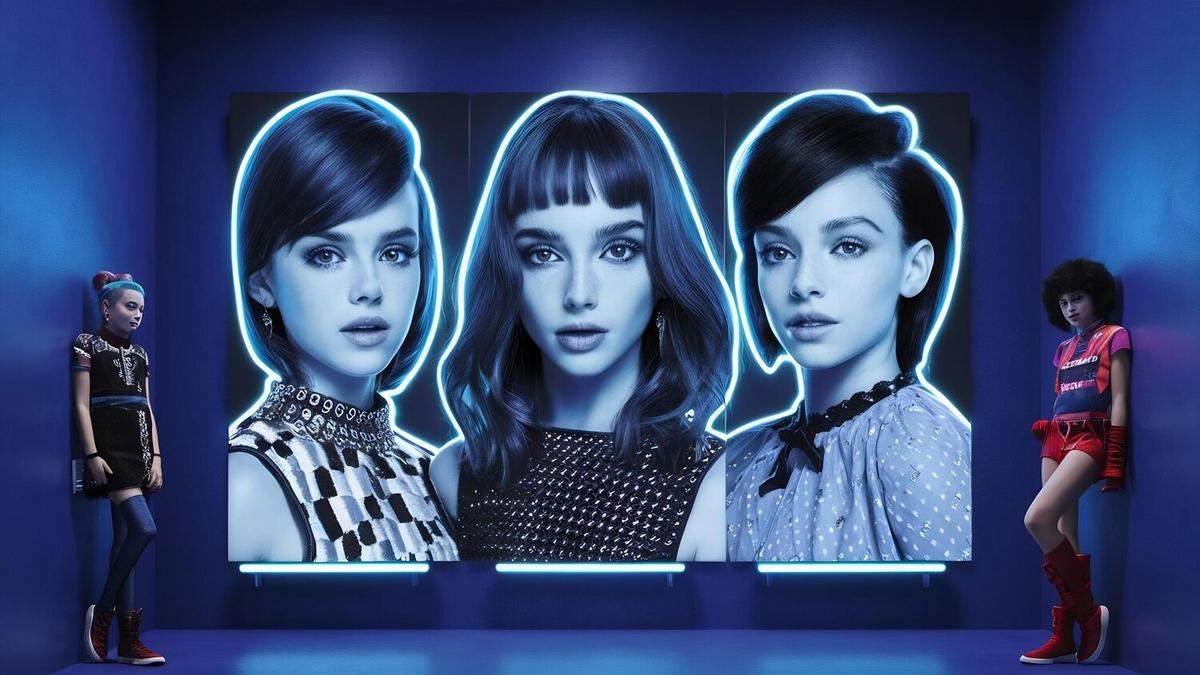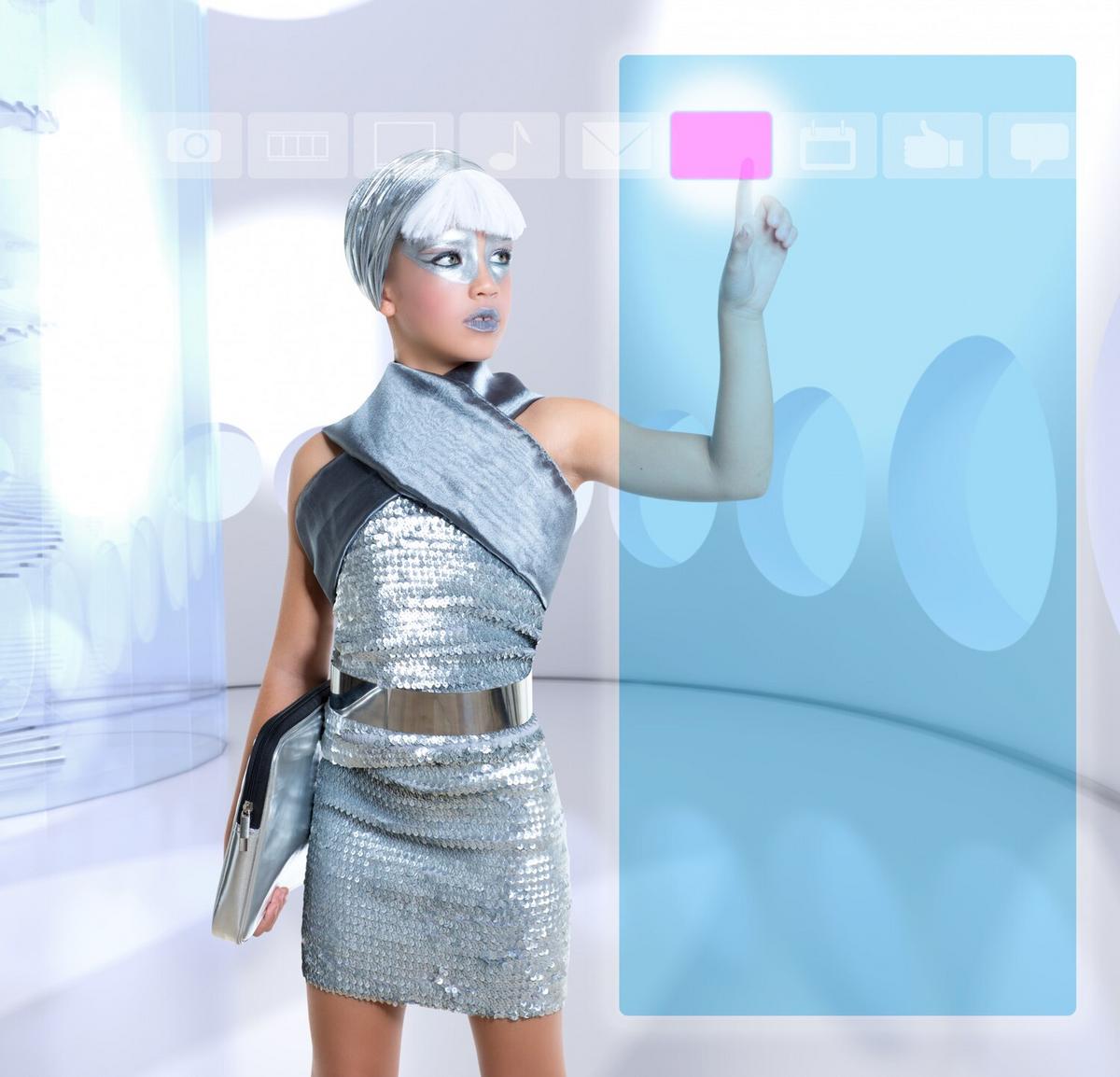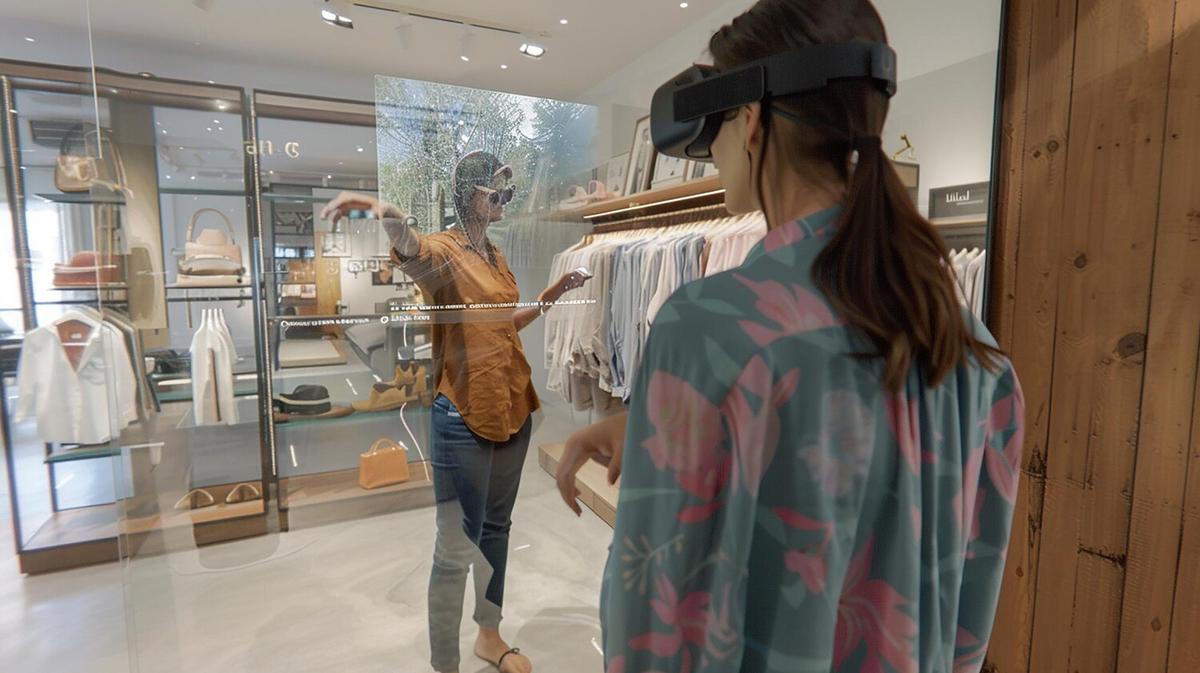
The Influence of Virtual Influencers on Fashion
The digital age has ushered in a new era of fashion influencers—virtual ones, who are reshaping the landscape of fashion marketing and consumer engagement. These computer-generated personas are not just a futuristic novelty; they’re a powerful force in the fashion industry, offering unique opportunities and challenges.
Virtual influencers are digital characters created using computer graphics and artificial intelligence. Unlike human influencers, they can be controlled entirely by brands or creators, offering a level of precision and consistency in branding that is hard to achieve with human counterparts. According to a report by Business Insider, virtual influencers engage with audiences at a higher rate than human influencers, with interactions sometimes exceeding threefold.
The Rise of Virtual Influencers
With the proliferation of social media, the fashion industry has seen a surge in digital influencers. Virtual influencers, in particular, have become prominent figures, captivating audiences with their unique looks and personalities. A notable example is Lil Miquela, a virtual influencer with millions of followers who collaborates with top fashion brands, showcasing how these entities are becoming a mainstay in marketing strategies.
Why Brands Are Embracing Virtual Influencers
From a brand perspective, virtual influencers offer several advantages. They are immune to the unpredictability of human behavior, allowing for more controlled and strategic marketing campaigns. Brands can craft tailored narratives that align perfectly with their values and aesthetics. Moreover, these influencers can work tirelessly across different time zones and platforms, maximizing global reach.
| Feature | Virtual Influencers | Human Influencers |
|---|---|---|
| Control | Full | Limited |
| Cost | Variable | High |
| Scalability | High | Moderate |
| Authenticity | Constructed | Natural |
| Risk | Low | High |
| Engagement | High | Variable |
| Availability | 24/7 | Limited |
| Adaptability | High | Moderate |
Expert Opinions
“Virtual influencers offer a unique blend of creativity and control,” says Emma Chiu, Global Director at Wunderman Thompson Intelligence. “They provide brands with an innovative way to engage with digital-savvy audiences who are looking for new forms of content.”
Challenges and Considerations
Despite their benefits, virtual influencers come with challenges. The main concern is authenticity. Consumers are increasingly seeking genuine connections with brands, and the artificial nature of virtual influencers might hinder this dynamic. Additionally, there’s the ethical aspect of transparency—audiences must be aware that these characters are not real.
When leveraging virtual influencers, ensure transparency by clearly indicating their virtual nature to maintain trust and authenticity with your audience.
Actionable Tips for Brands
- Understand your audience and determine if a virtual influencer aligns with your brand ethos.
- Invest in high-quality CGI and AI technology to ensure the virtual influencer looks and behaves realistically.
- Focus on storytelling that resonates emotionally with your target demographic.
FAQs
What are virtual influencers?
Virtual influencers are computer-generated characters used in social media marketing to engage audiences and promote brands.
How do virtual influencers benefit fashion brands?
They offer controlled branding, lower risks, and the ability to engage with global audiences without the limitations of human influencers.
Can virtual influencers replace human influencers?
While they offer unique advantages, they complement rather than replace human influencers, providing diverse marketing tools for brands.
Conclusion
Virtual influencers are more than a fleeting trend in fashion technology; they represent a significant shift in how brands can engage with audiences. By understanding their potential and limitations, brands can strategically incorporate these digital personas into their marketing plans to stay ahead in the competitive fashion landscape. As technology continues to evolve, so too will the capabilities and influence of virtual influencers, making them a fascinating element of modern marketing.


